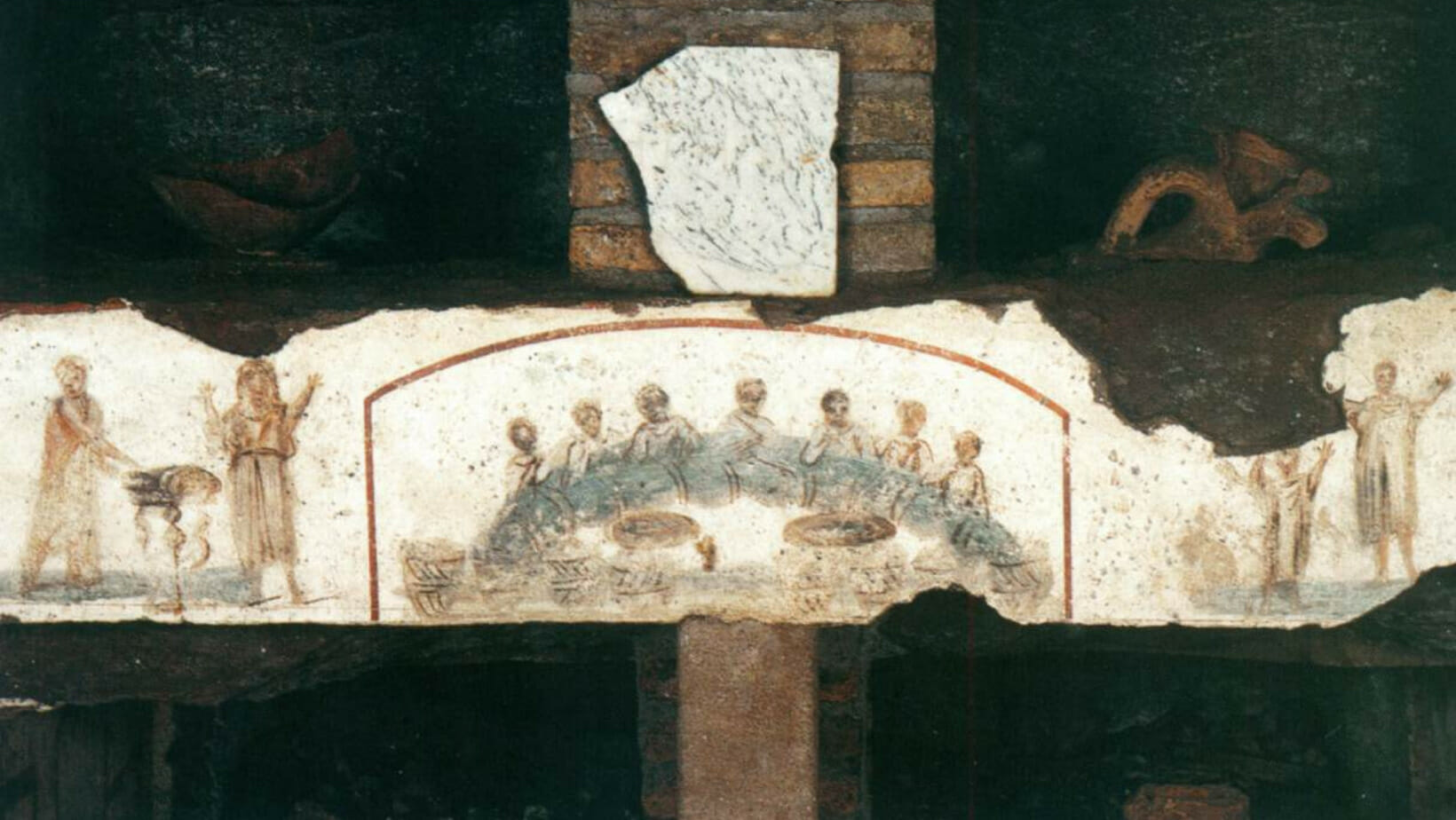How Jesus Fixed the Sin Problem
We often hear the phrase: “Jesus died for our sins.” We might elaborate by saying that His death “paid the price” for our sin and “won for us” our salvation.
But how did Jesus’ death actually solve the sin problem we have? I don’t know about you, but I still sin; and the world still looks deeply wounded by our sinfulness. The answer is quite amazing!
Jesus did four things to save us. First, as the Word of God, He modeled what a fully human life looks like. He showed us how to live. Second, by his discourses and parables he taught us how to live the fully human life he modeled.
Yet, had that been all he did, it wouldn’t have worked. By our own strength, we can’t follow his example or His teachings very well. He thus had to go further by offering His own life as a gift to us, which is the third thing he did to solve our sin problem.
By His suffering and death, Jesus merited for us the Gift of the Holy Spirit lost by original sin. This gift we receive at Baptism gives us the power of love to follow Jesus’ example.
But wait—that’s not all! Jesus did one more thing that’s rather unbelievable. He gave us the Eucharist so that we could conquer sin in and through his own divine and human life. His nature becomes our own. “All that the Father has is mine; therefore, I said that he will take what is mine and declare it to you” (John 16:15).
In sum, Jesus showed us how to live a fully human life; He taught us how to follow the example he gave; He restored to us the power of the Holy Spirit; and He offered the gift of His own divine and human nature to be our own.
He’s done everything He can, which is why we exclaim on Easter morning, ‘Hallelujah, He is Risen!!’ Jesus’ passion, death, and resurrection has truly changed everything. All we must do is receive what Jesus has given of himself, live the life he has offered faithfully, and we can conquer sin in our lives.
The Easter Triduum is upon us again! From all of us at Preambula Group, Happy Easter!! We are deeply grateful for all of you and so excited about our mission. Together, let’s help others see that Jesus makes our lives so much more than we can realize!
– Dr. Michel Therrien
About the header: Murals in the Catacombs of St Callixtus, Rome.
The Catacombs of San Callisto, located along the Via Appia Antica, were built after AD 150, with some private Christian hypogea and a funeral area directly dependent on the Catholic Church. It takes its name from the deacon Saint Callixtus, proposed by Pope Zephyrinus on his accession as pope. The Pope enlarged the complex, that soon became the official one for the Roman Church. The arcades, where more than fifty martyrs and sixteen pontiffs were buried, form part of a complex graveyard that occupies fifteen hectares and is almost 20 km long.


